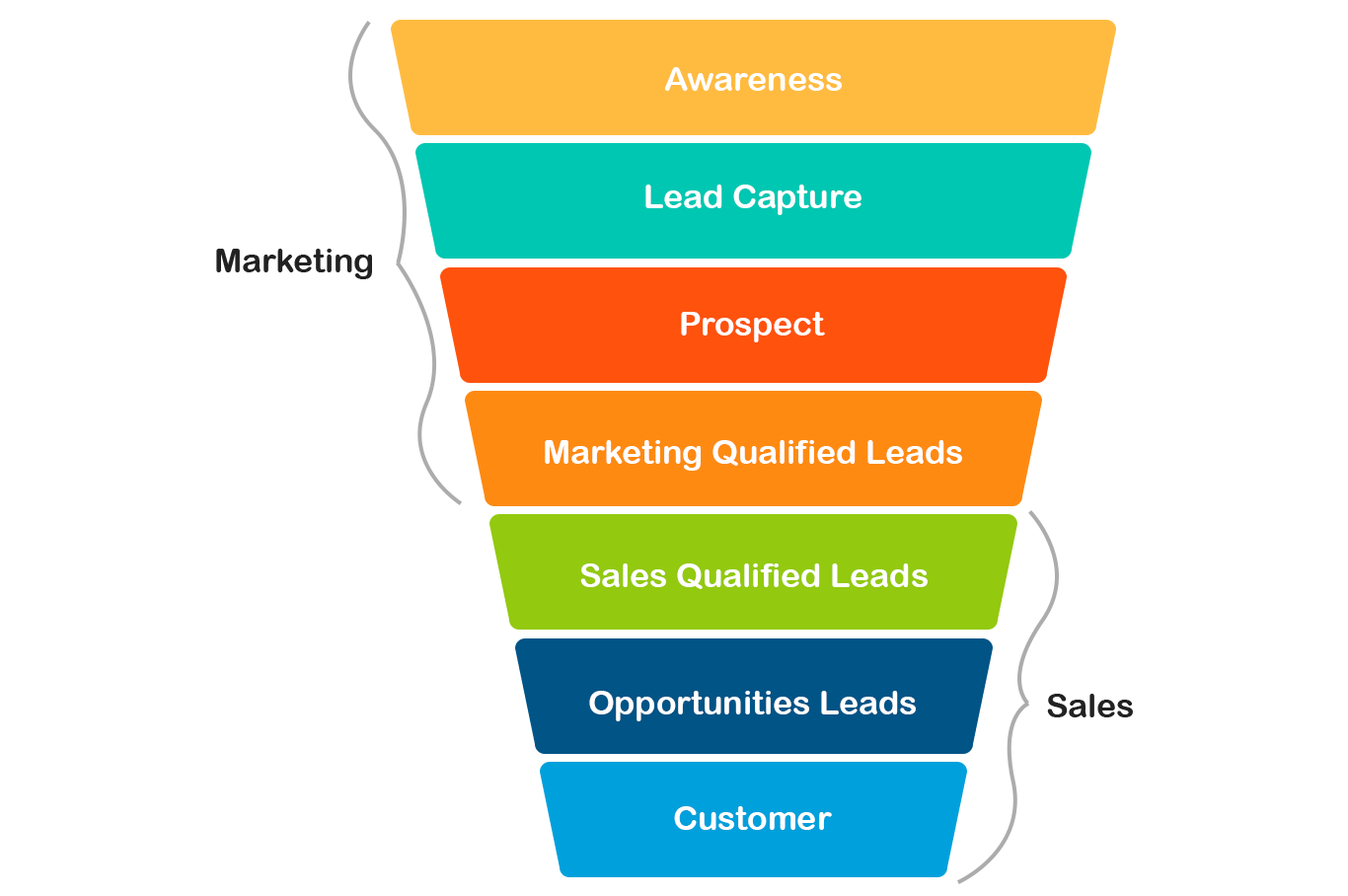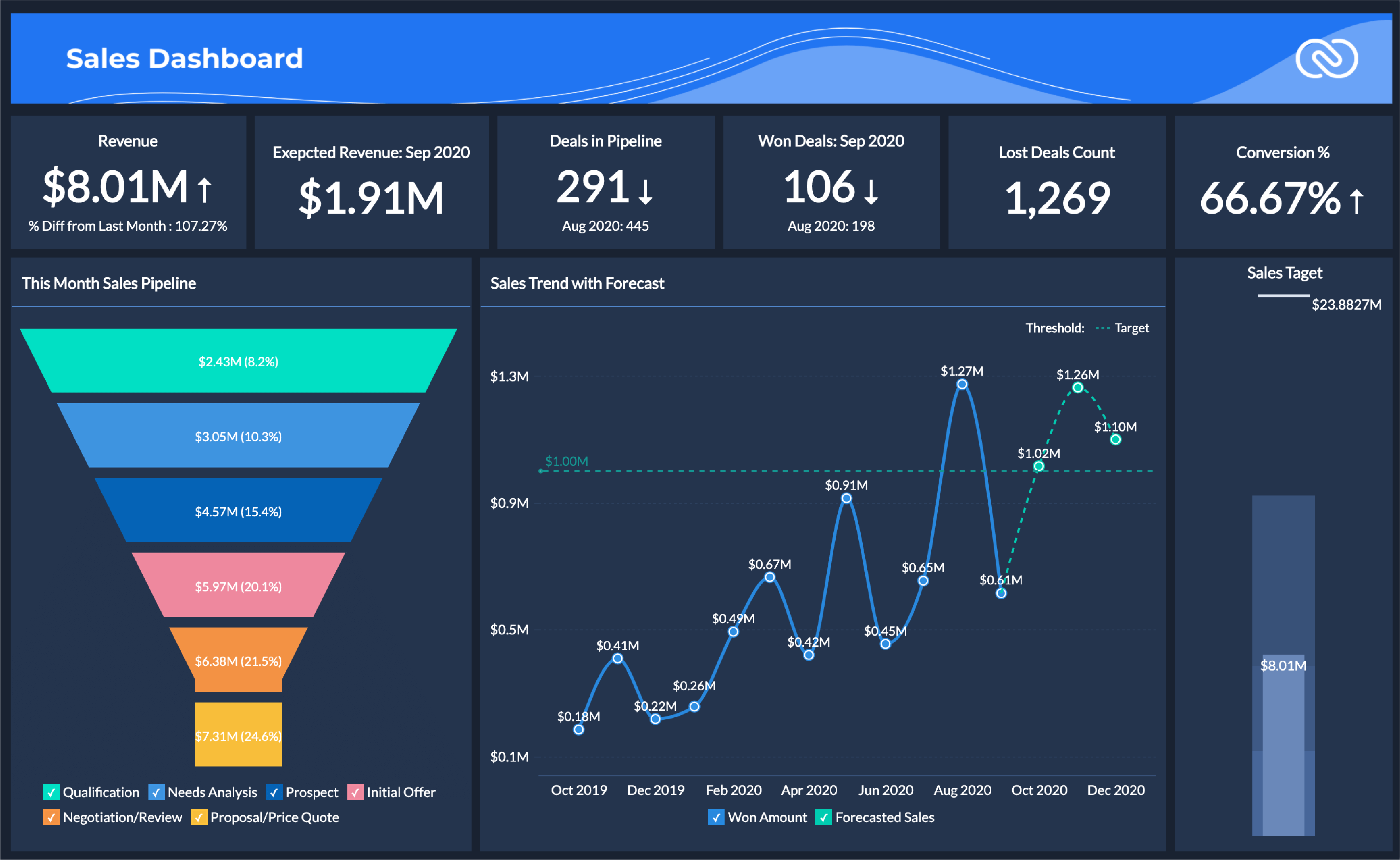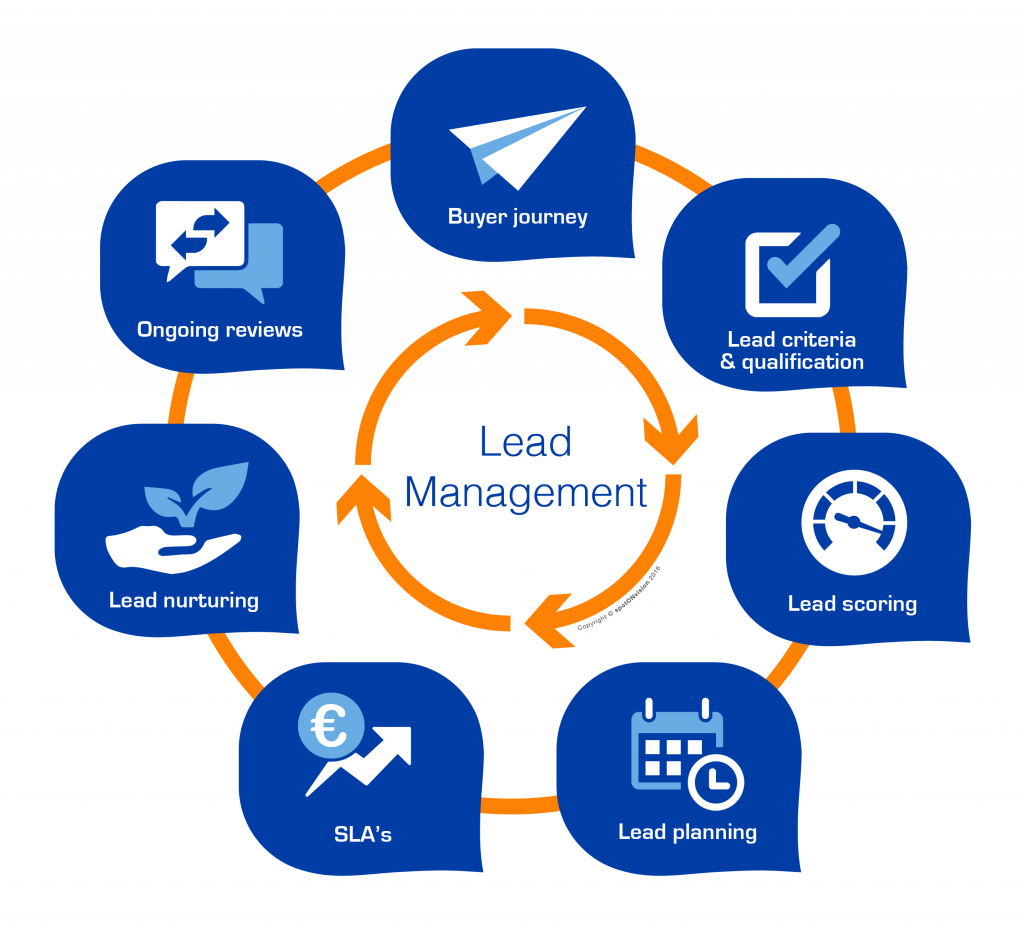In the competitive world of sales, managing leads effectively is paramount. Sales lead CRM emerges as a powerful solution, streamlining lead management and empowering businesses to nurture relationships, close deals, and drive growth. Join us as we delve into the world of sales lead CRM, exploring its features, benefits, and best practices to elevate your sales strategy.
From understanding the core concepts to navigating common challenges and staying ahead with emerging trends, this comprehensive guide will equip you with the knowledge and insights to harness the full potential of sales lead CRM. Let’s dive right in!
Sales Lead CRM Overview

A sales lead CRM system is a software application that helps businesses manage and track their sales leads. It provides a central repository for all lead data, including contact information, company details, and interaction history. This data can be used to qualify leads, prioritize sales efforts, and close deals.
There are many benefits to using a sales lead CRM. These benefits include:
- Improved lead management: A sales lead CRM can help businesses to manage their leads more effectively. It provides a central repository for all lead data, making it easy to track lead progress and identify potential opportunities.
- Increased sales productivity: A sales lead CRM can help businesses to increase their sales productivity. It provides tools for automating tasks, such as lead qualification and lead nurturing. This can free up sales reps to focus on more productive activities, such as closing deals.
- Improved customer relationships: A sales lead CRM can help businesses to improve their customer relationships. It provides a way to track customer interactions and identify opportunities to provide better service.
There are many different sales lead CRM software programs available. Some of the most popular programs include Salesforce, HubSpot, and Zoho CRM.
Features of Sales Lead CRMs

Sales lead CRMs are equipped with a range of features that help businesses streamline their sales lead management processes. These features enable sales teams to capture, qualify, nurture, and track leads efficiently, improving their chances of converting leads into paying customers.
Core features of a sales lead CRM system include:
Lead Capture
- Lead capture forms: Create customizable forms to collect lead information from websites, landing pages, and social media.
- Web tracking: Track website visitors’ behavior to identify potential leads and understand their interests.
- Email marketing integration: Integrate with email marketing platforms to capture leads from email campaigns.
Lead Qualification
- Lead scoring: Assign scores to leads based on their behavior, demographics, and other factors to prioritize qualified leads.
- Lead routing: Automatically route leads to the appropriate sales representatives based on predefined criteria.
- Lead nurturing: Create automated email sequences to nurture leads and move them through the sales funnel.
Lead Tracking
- Activity tracking: Track all interactions with leads, including phone calls, emails, meetings, and notes.
- Pipeline management: Visualize the sales pipeline and track the progress of leads through different stages.
- Reporting and analytics: Generate reports and dashboards to analyze lead performance and identify areas for improvement.
Benefits of Sales Lead CRMs

Sales lead CRMs offer numerous advantages to businesses, significantly enhancing sales productivity and overall efficiency. They provide a centralized platform for managing leads, streamlining processes, and gaining valuable insights.
By automating tasks, improving data accuracy, and facilitating collaboration, sales lead CRMs empower sales teams to focus on building relationships and closing deals.
Quantified Benefits
- Increased lead conversion rates: CRMs help qualify and prioritize leads, resulting in higher conversion rates and improved ROI.
- Reduced sales cycle time: Streamlined processes and automated workflows shorten the sales cycle, enabling faster deal closures.
- Improved customer satisfaction: CRMs provide a comprehensive view of customer interactions, enabling personalized experiences and enhanced satisfaction.
Real-World Examples
Numerous businesses have witnessed significant benefits from implementing sales lead CRMs.
- Salesforce: Salesforce reported a 24% increase in sales productivity after implementing its CRM system.
- HubSpot: HubSpot’s CRM helped the company increase its conversion rate by 20%.
- Zoho: Zoho CRM enabled a manufacturing company to reduce its sales cycle time by 30%.
Challenges of Sales Lead CRMs

Implementing and using a sales lead CRM can bring about several challenges. These include:
- Data entry and maintenance: Keeping the CRM up-to-date with accurate and complete data can be time-consuming and requires discipline.
- User adoption: Getting sales teams to use the CRM consistently can be difficult, especially if they are not convinced of its value.
- Integration with other systems: Integrating the CRM with other business systems, such as marketing automation or ERP, can be complex and expensive.
- Data security: Ensuring the security of sensitive customer data stored in the CRM is crucial.
Strategies for Overcoming Challenges
Several strategies can help overcome these challenges:
- Data entry and maintenance:Automate data entry as much as possible, provide clear guidelines for data entry, and train users on the importance of data quality.
- User adoption:Get buy-in from sales leadership, provide training and support, and make the CRM easy to use and accessible.
- Integration with other systems:Choose a CRM that integrates easily with other systems, or work with a vendor that can provide integration services.
- Data security:Implement robust security measures, such as encryption, access controls, and regular backups.
Examples of Success
Many businesses have successfully overcome the challenges of implementing and using a sales lead CRM. For example:
- Salesforce:Salesforce has helped many businesses improve their sales performance by providing a comprehensive CRM that is easy to use and integrates with other systems.
- HubSpot:HubSpot’s CRM is designed to be affordable and easy to use, making it a popular choice for small businesses.
- Zoho CRM:Zoho CRM is a cloud-based CRM that offers a wide range of features at a competitive price.
Best Practices for Sales Lead CRM
Managing sales leads effectively is crucial for businesses to drive revenue and growth. A Sales Lead CRM system can streamline and enhance this process, but it’s essential to follow best practices to maximize its benefits.
By implementing these best practices, businesses can optimize lead generation, qualification, and conversion, ensuring a higher return on investment (ROI) from their CRM system.
Lead Generation and Capture
- Utilize multiple channels for lead generation, including website forms, social media, email marketing, and paid advertising.
- Create valuable content, such as blog posts, whitepapers, and webinars, to attract and engage potential customers.
- Use lead capture forms that are concise, mobile-friendly, and offer clear value in exchange for contact information.
Lead Qualification and Nurturing
- Establish clear lead qualification criteria to identify leads with a high probability of conversion.
- Use lead scoring to prioritize leads based on their engagement and fit with your ideal customer profile.
- Implement lead nurturing campaigns to provide personalized content and nurture relationships with potential customers.
Data Hygiene and Segmentation
- Regularly clean and update your CRM data to remove duplicate or outdated leads.
- Segment leads based on demographics, industry, or behavior to tailor your sales and marketing efforts.
- Use data analytics to identify trends and patterns in lead behavior, which can inform your lead management strategies.
Sales Process and Automation
- Define a clear sales process and map it within your CRM system.
- Automate repetitive tasks, such as lead assignment, email follow-ups, and appointment scheduling.
- Use CRM integrations to connect with other business systems, such as email marketing platforms and customer support tools.
Collaboration and Communication
- Foster collaboration between sales, marketing, and customer service teams to ensure a seamless customer experience.
- Use the CRM as a central hub for communication and information sharing.
- Provide sales reps with access to real-time lead and customer data to empower informed decision-making.
Sales Lead CRM Integrations
Sales lead CRMs integrate with other business systems to streamline workflows and improve data management.Integrating sales lead CRMs with marketing automation systems automates lead generation and nurturing processes, ensuring seamless lead handoffs between marketing and sales teams. Email marketing integrations enable targeted email campaigns and track lead engagement, while CRM integrations provide a comprehensive view of customer interactions and history.
Successful Sales Lead CRM Integrations
* Salesforce integrates with Marketo for marketing automation, Mailchimp for email marketing, and Zendesk for customer support.
- HubSpot integrates with Zapier for connecting with over 2,000 apps, including Google Sheets, Mailchimp, and Salesforce.
- Pipedrive integrates with PandaDoc for electronic signatures, Calendly for scheduling appointments, and Slack for team collaboration.
Future Trends in Sales Lead CRM
The future of sales lead CRM is expected to be shaped by several emerging trends. These trends will have a significant impact on the way that sales teams manage and nurture leads, and will ultimately lead to improved sales performance.
One of the most important trends in sales lead CRM is the increasing use of artificial intelligence (AI). AI can be used to automate many of the tasks that are currently performed manually by sales teams, such as lead scoring, lead routing, and lead nurturing.
This can free up sales reps to focus on more strategic activities, such as building relationships with customers and closing deals.
Another important trend is the increasing use of data analytics in sales lead CRM. Data analytics can be used to track the progress of leads through the sales pipeline, identify trends, and make predictions about which leads are most likely to convert into customers.
This information can help sales teams to prioritize their efforts and focus on the leads that are most likely to close.
Finally, the future of sales lead CRM is also expected to be shaped by the increasing use of mobile devices. Sales reps are increasingly using mobile devices to access CRM data and manage leads on the go. This allows them to be more productive and responsive to customer inquiries.
Impact of Emerging Trends on Sales Lead Management
The emerging trends in sales lead CRM are expected to have a significant impact on the way that sales teams manage leads. Here are some of the ways that these trends will impact sales lead management:
- Increased efficiency:AI can be used to automate many of the tasks that are currently performed manually by sales teams, such as lead scoring, lead routing, and lead nurturing. This can free up sales reps to focus on more strategic activities, such as building relationships with customers and closing deals.
- Improved decision-making:Data analytics can be used to track the progress of leads through the sales pipeline, identify trends, and make predictions about which leads are most likely to convert into customers. This information can help sales teams to prioritize their efforts and focus on the leads that are most likely to close.
- Increased mobility:The increasing use of mobile devices is allowing sales reps to access CRM data and manage leads on the go. This allows them to be more productive and responsive to customer inquiries.
Insights into the Future of Sales Lead CRM
The future of sales lead CRM is expected to be bright. The emerging trends in AI, data analytics, and mobile devices are expected to continue to shape the way that sales teams manage leads. These trends will lead to increased efficiency, improved decision-making, and increased mobility, which will ultimately lead to improved sales performance.
Ending Remarks
As we conclude our exploration of sales lead CRM, it’s evident that this technology has revolutionized the way businesses manage and nurture leads. By embracing the power of CRM, sales teams can gain a competitive edge, increase productivity, and drive exceptional results.
Remember, the key to success lies in selecting the right CRM, implementing it effectively, and continuously optimizing your strategies. Embrace the future of sales lead management and watch your business soar to new heights.